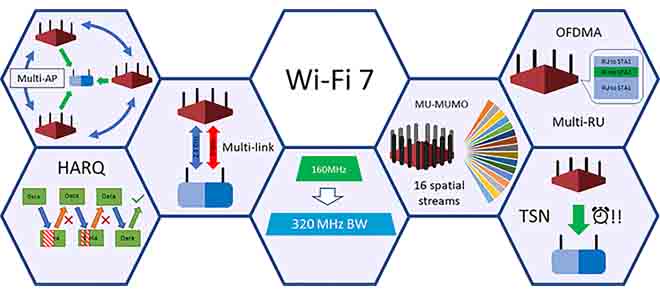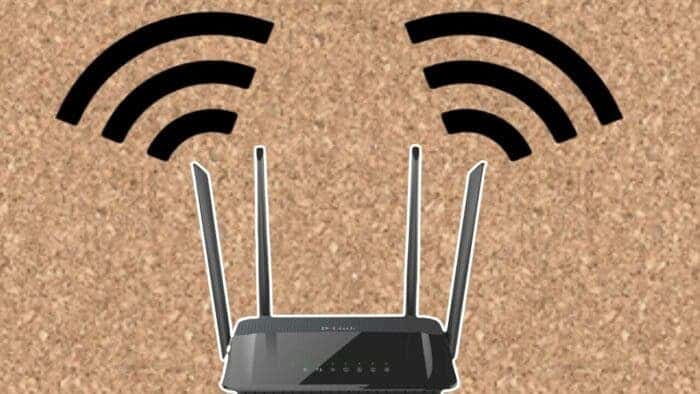This week, MediaTek demonstrated the high-speed and low-latency of Wi-Fi 7 for the first time in the world based on its Filogic wireless chip products.
According to TheNextWeb, the theoretical peak network speed of Wi-Fi 7 can reach 46Gbps. However, considering the transmission, interference, and other obstacles, it is expected that the final actual peak speed after commercial use will be around 40Gbps.
Back in 2020, when we were talking about this technology, the assumed peak download speed was 30Gbps. Even so, it is three times the maximum rate of 9.6Gbps for Wi-Fi 6.
This means that a 4K Blu-ray original resource can be downloaded in just a few seconds. Not surprisingly MediaTek said that Wi-Fi 7 truly means wireless replacing wired networks for the first time.
Wi-Fi 7 introduces many new technologies, such as 320MHz bandwidth, 4K QAM modulation, etc. However, the most anticipated technology is MLO (multi-link operation), which is of great significance to IoT devices.
MediaTek’s first Wi-Fi 7 product will not be launched until 2023, and it will take shape in early 2024. As a reminder, Intel and Qualcomm also make wireless chips and should bring them to the market in 2024 or 2025. Even so, it means Wi-Fi 6E will be an extremely short-lived generation.
Gizchina News of the week
Wi-Fi 7 Advantages
As you understand, Wi-Fi 7 will be a very fast wireless communication technology. But apart from the speed, there will be many advantages over its predecessors as well. For instance, Wi-Fi 7 will focus on Extremely High-Throughput (EHT). The latter is able to aid real-time apps with high data speeds. As the IEEE working group said, this technology will help services in virtual reality, augmented reality, gaming, and remote working. We guess you understand the IT world trends.
Second, the channel bandwidth will change from 160MHz to 320MHz. Plus, the number of full-bandwidth channels will change from 7 to 6. As you should know, the number of channels and bandwidth can impact quick data exchange between multiple devices. In other words, this will determine how many devices can connect to one network point without affecting the transmission speed.

Third, it will support spatial streams for multi-user MIMO of 16 instead of 8. Simply put, a regular smartphone or a notebook supports 2×2 MIMO (Multi-input Multiple-outputs). Thus, there are two antennas for receiving and two for sending signals. So a 16×16 router will allow more devices to connect to the network and implement simultaneous 2×2 streams with a high data transfer speed and minimal interruptions.



